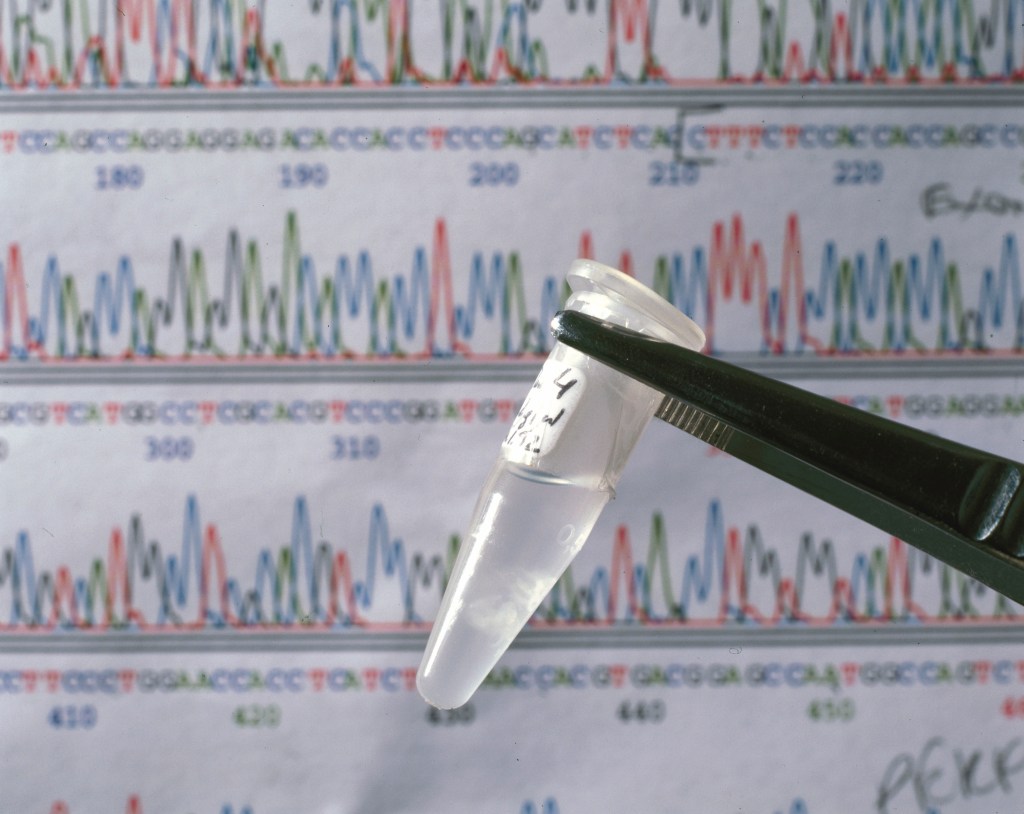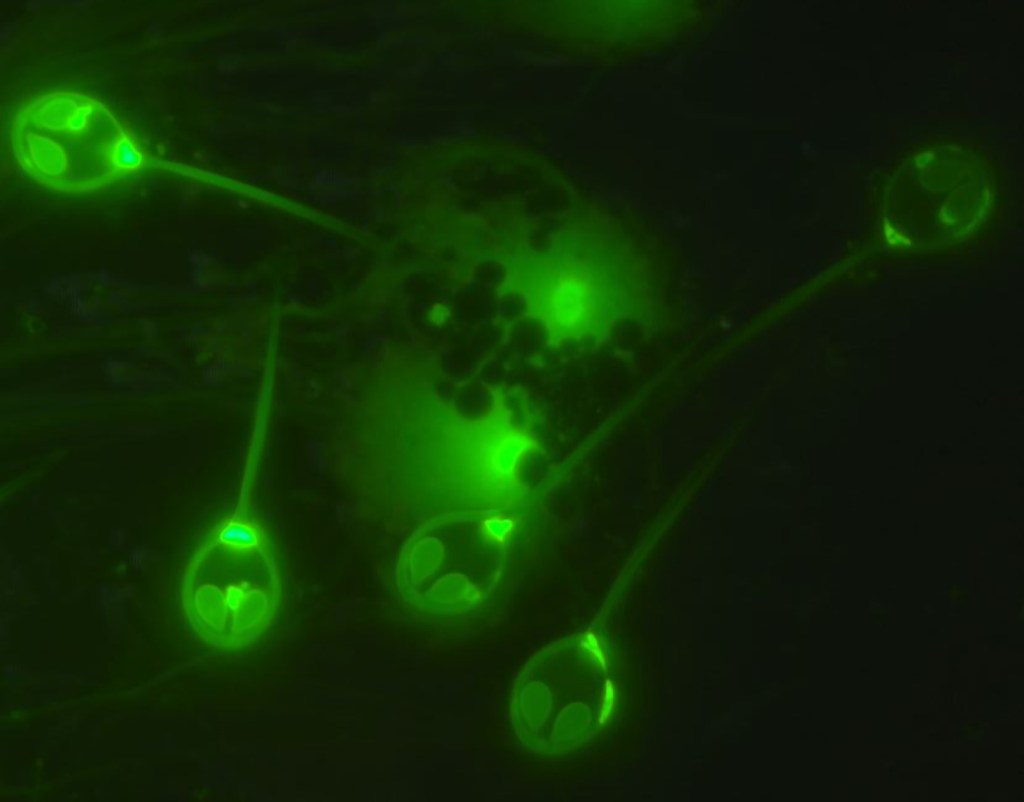Every cancer tumor is unique, the result of a specific cocktail of genetic errors. But our treatments for cancer still largely take a scorched earth approach: we bombard the body with radiation and chemicals, and hope they work.
Now, scientists at the University of Toronto say they’ve made a breakthrough in the budding field of personalized cancer treatment, and it’s really, really gross. Basically, they’ve devised a way to grow a whole tumor on a flat strip of paper-like material that can be coiled up and unrolled like a roll of toilet paper, or a disgusting cinnamon bun. I was told that it feels like a wet paper towel.
Videos by VICE
By making one of these rolled-up cancer strips out of a patient’s own genetic material, researchers could poke and prod it, and hopefully find a targeted treatment for the real tumor inside the patient.
“You can add a drug to the culture, and take it apart and see at which layer the tumors were responding best to,” said Darren Rodenhizer, a chemical engineering PhD student in the McGuigan Lab and lead author of the paper lead author of the paper. “We exposed our model to radiation and found the cells near the outer layer, with the most oxygen, responded very well, whereas the ones in the centre of the device were able to resist that therapy.”

Video: University of Toronto. GIF by author.
Here’s a breakdown of how it’s made: a strip of porous material is first coated in collagen—the abundant protein that gelatin is made from—and cancer cells. Next, the strip is left to bathe in a nutrient solution for about a day. Finally, the whole thing is wrapped around a metal core and then left to grow for a few more days. After that, voila, you’ve got a lab-grown tumor that looks a lot like TP.
A more detailed explanation can be found in the researcher’s paper describing the work, published today in Nature Materials.
Growing tumors in petri dishes is a standard approach for this kind of work, but it has a problem: in a real tumor, cells near the centre of the mass have less access to oxygen and nutrients, and these subtle differences are tough to replicate in a flat dish. Another approach, growing cancer cells on building blocks made of porous sponge, results in a 3D model with differing oxygen levels but leaves researchers with discontinuous blocks of cells to keep track of.
The rolled-up cancer strip, on the other hand, is effectively a 3D model that can be laid out in 2D. Its cells get less and less oxygen along the strip on a smooth gradient towards the centre of the device (the layers closest to the gooey nub at the centre of the cinnamon bun), making it easier to analyze. Because of this, it can also be a boon for basic research into what makes a normal cell turn cancerous.

Rodenhizer and senior author Dr. Alison McGuigan. Image: University of Toronto
“We can investigate basic cell and tumor biology,” said Rodenhizer. “You can culture these tumors and take them apart, and look at the cell properties at each layer and relate them to the environment in that layer: how much oxygen there is, how much glucose, that kind of thing.”
Personalized cancer treatment is a growing field. At mount Sinai hospital in New York, Dr. Ross Cagan is modifying fruit flies to have the same genetic defects as individual cancer patients, so they can be tested for cancer treatments that might work on the patient. A slightly less Cronenberg-esque approach is the database of genetic defects that doctors at MD Anderson Cancer Center’s Institute for Personalized Cancer Therapy match against patients’ profiles.
But there’s nothing like the real thing.
UPDATE: For additional context, this article has been amended to mention the lab in which the work took place, and to reference Dr. Alison McGuigan as the senior author of the paper.



